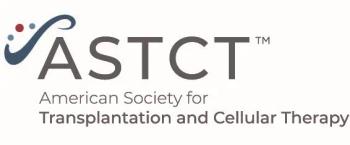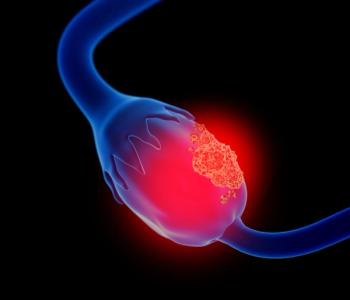![According to John Henson, MD, “What we need are better treatments to control the [brain] tumor once it’s detected.”](https://cdn.sanity.io/images/0vv8moc6/cancernetwork/e0d29c38bb732429ae370e4ef7d1829a10c96446-2992x1684.png?w=350&fit=crop&auto=format)
TAR-200 Might Be “Best in Class” for BCG-Unresponsive High-Risk NMIBC
Results from cohort 4 of the phase 2 SunRISe-1 trial showed TAR-200 elicited a 6- and 9-month DFS rate of 85.3% and 81.1%, respectively, in BCG-unresponsive NMIBC.
At the
With a median follow-up of 12.8 months, the median DFS was not reached (95% CI, 12.1-not estimable), the 6-month DFS rate was 85.3% (95% CI, 71.6%-92.7%), and the 9-month DFS rate was 81.1% (95% CI, 66.7%-89.7%). The 9-month progression-free survival rate was 95.6% (95% CI, 83.5%-98.9%), and the 9-month overall survival rate was 98.0% (95% CI, 86.4%-99.7%); it was noted that there was only 1 case of progression (1.9%) in all 52 patients.
CancerNetwork® spoke with Joseph Jacob, MD, MCR, an associate professor of urology at SUNY Upstate Medical University, during the conference about what these new results may mean for support of the agent in this patient population. According to him, when compared with pembrolizumab (Keytruda), nogapendekin alfa inbakicept (Anktiva),and nadofaragene firadenovec (Adstiladrin), TAR-200 may ultimately have superior outcomes.
In January 2025, the developer of TAR-200
Transcript:
These findings are…probably the best in class of all the drugs that have been reviewed. If you look at some of the drugs that have already been approved, TAR-200 has better outcomes. If you compare it with pembrolizumab or [nogapendekin alfa inbakicept] with BCG or if you compare it with [nadofaragene firadenovec], it looks like it’s going to compete, and not only compete but probably have better outcomes than those 3 already available drugs. We’re all hopeful that these results will lead to approval.
References
- Guerrero-Ramos F, Jacob JM, Van der Heijden MS, et al. TAR-200 monotherapy in patients with Bacillus Calmette-Guerin–unresponsive papillary disease–only high-risk non–muscle-invasive bladder cancer: first results from cohort 4 of SunRISe-1. Presented at: 2025 AUA Annual Meeting; April 26-29, 2025; Las Vegas, NV.
- Necchi A, Guerrero-Ramos F, Crispen PL, et al. TAR-200 plus cetrelimab or cetrelimab alone as neoadjuvant therapy in patients with muscle-invasive bladder cancer who are ineligible for or refuse neoadjuvant cisplatin-based chemotherapy: interim analysis of SunRISe-4. Presented at: 2024 European Society for Medical Oncology Congress; September 13-17, 2024; Barcelona, Spain. Presentation LBA84.
- New drug application initiated with U.S. FDA for TAR-200, the first and only intravesical drug releasing system for patients with BCG-unresponsive high-risk non-muscle-invasive bladder cancer. News release. Johnson & Johnson. January 15, 2025. Accessed April 30, 2025. https://tinyurl.com/ye24n7fw
Newsletter
Stay up to date on recent advances in the multidisciplinary approach to cancer.





















































































